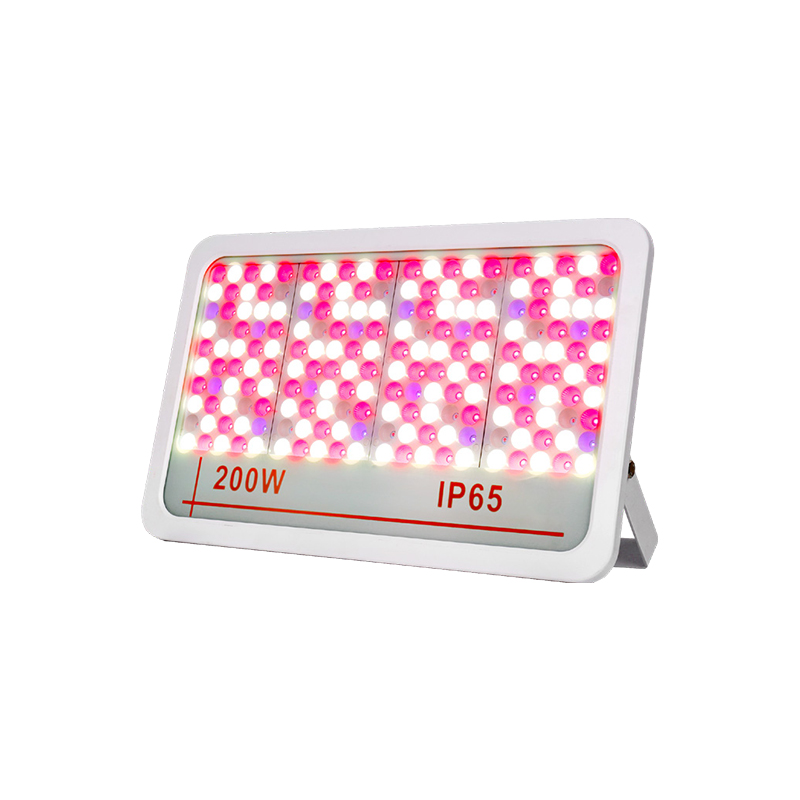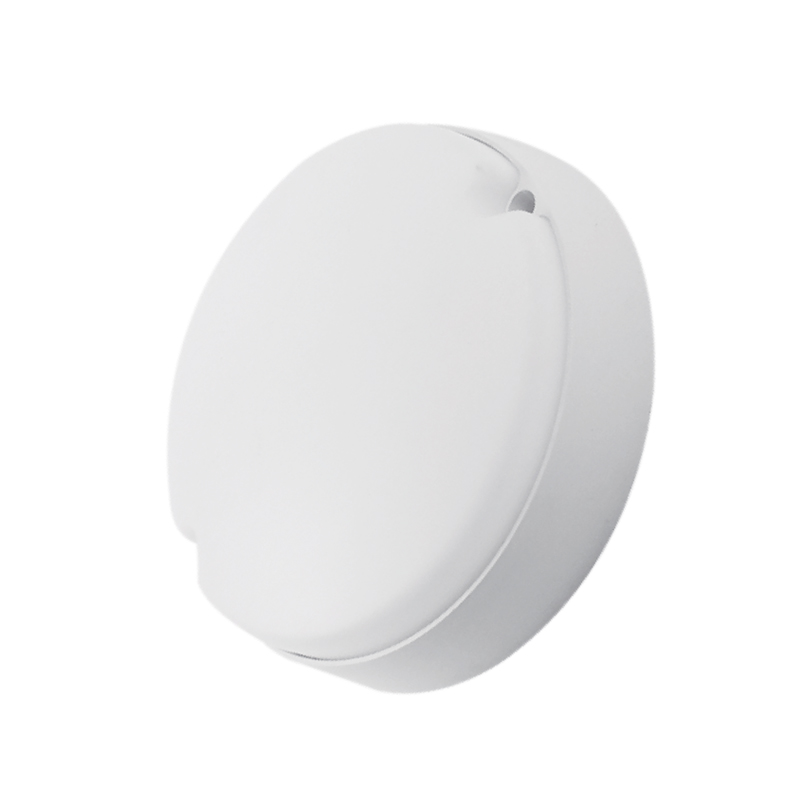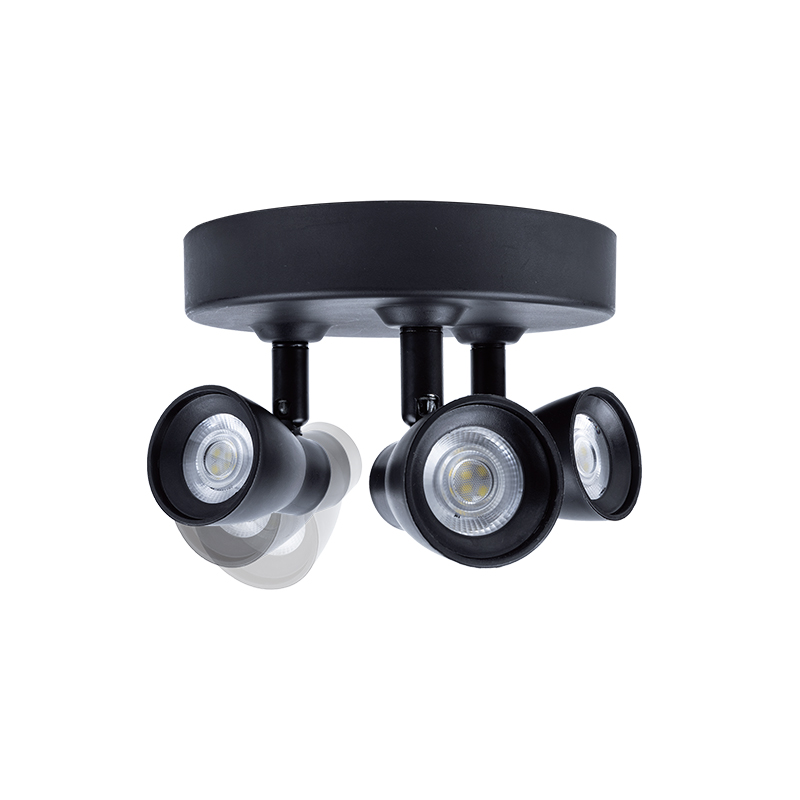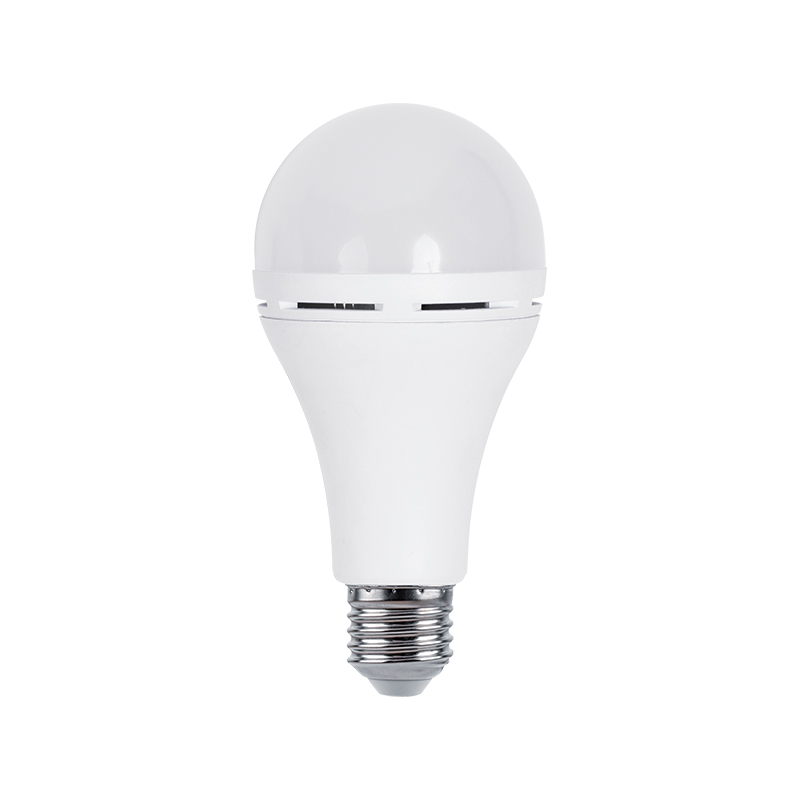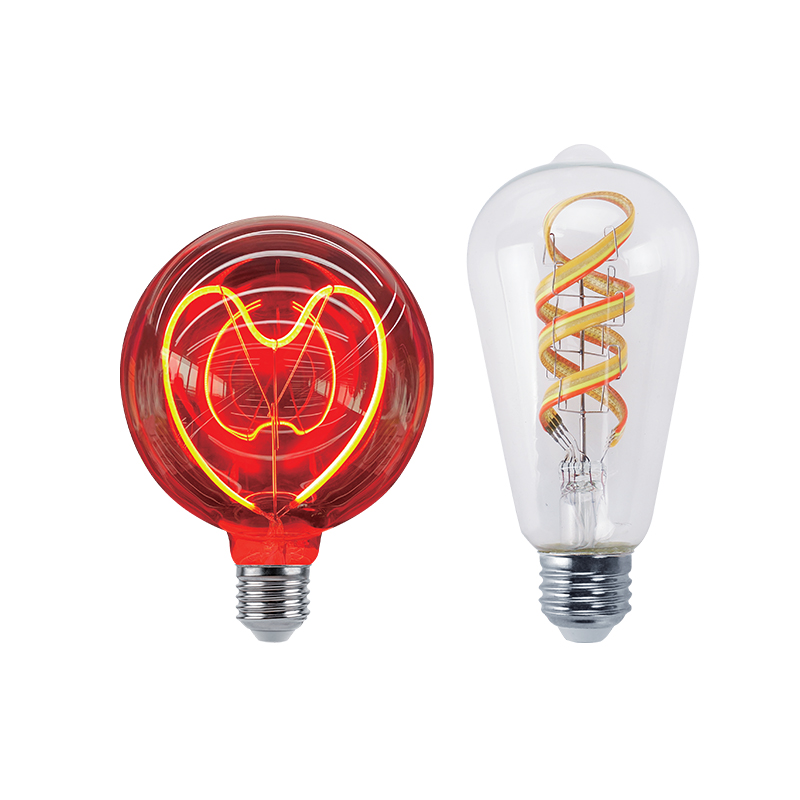We sincerely look forward to establishing a long-term development partnership with you with good quality and professional services.
Traditional infrared induction lamps rely on the movement of heat sources to trigger, which is essentially a "passive response" mechanism, while microwave sensor bulbs build a closed-loop system of "active perception-intelligent analysis-precise execution". Its core technological breakthroughs are reflected in the following three points:
Physical characteristics of microwave signals
Using the 5.8GHz microwave frequency band, the wavelength is only 5.2 cm, which can penetrate non-metallic materials (such as glass, acrylic, and thin wood), but cannot penetrate metal and thick walls.
The microwave signal radiates in a "conical" shape, and the detection range can be flexibly configured (30°-170°) by adjusting the antenna angle to meet the needs of different scenarios.
Signal purification of digital filter chips
Built-in ARM Cortex-M0+ core processor, running proprietary algorithms, Fourier transform and wavelet analysis of reflected waves, and extract effective motion features.
Establish a "signal whitelist" database to distinguish signal modes such as human movement (frequency 0.5-3Hz), mechanical vibration (frequency 10-50Hz), and air flow (frequency > 50Hz), and accurately filter out false signals.
Multi-dimensional cross-validation mechanism
Combined with ambient light sensor data, the sensing function is automatically turned off when the natural light intensity is > 100Lux to avoid false triggering during the day.
Introducing time threshold logic, continuous triggering at the same location must meet the conditions of "moving distance > 0.5 meters" or "staying time > 3 seconds" to suppress short-term interference.
The characteristics of interference sources in different scenarios are significantly different, and microwave sensor bulbs are accurately adapted through customized algorithms:
Commercial space: balance between air conditioning wind and customer flow
At the air outlet of the air conditioner in the atrium of the shopping mall, traditional induction lights are often falsely triggered due to airflow disturbance. This product uses the "wind speed-signal strength" association model to automatically reduce sensitivity when the wind speed is > 3m/s, while maintaining a rapid response to customer movement.
For high-frequency interference scenarios such as children's play areas, the "motion trajectory prediction" algorithm is used to determine whether it is effective movement through continuous sampling, reducing the false trigger rate by 80%.
Office space: separation of curtain swing and personnel activities
In the floor-to-ceiling window scenario of office buildings, curtain swing often causes false triggers. The product uses "material reflectivity" analysis to distinguish the signal characteristics of acrylic curtains (reflectivity 80%) and human bodies (reflectivity 50%) to achieve accurate identification.
For conference room scenarios, it supports the "voice linkage" function, which automatically dims the lights when conference voice is detected to reduce false trigger interference.
Industrial scenarios: coordination of mechanical vibration and equipment inspection
In factory workshops, interference sources such as machine tool vibration and conveyor belt operation are complex. The product uses "vibration spectrum analysis" to mark the 10-50Hz frequency band signal as background noise, and only responds to human movement in the 0.5-3Hz frequency band.
For forklift inspection scenarios, it supports "motion direction recognition". When the forklift moves along the preset path, the lighting is triggered only at the intersection of the path to avoid lighting throughout the entire process.
The anti-interference ability of microwave sensor bulbs not only solves user pain points, but also promotes three major changes in the lighting industry:
Energy efficiency revolution
The invalid lighting time caused by false triggering of traditional induction lamps accounts for up to 30%, while this product can reduce this proportion to less than 5%, greatly reducing energy waste.
In a shopping mall atrium renovation project, the annual electricity saving reached 120,000 kWh, which is equivalent to reducing carbon emissions by 118 tons.
Simplified operation and maintenance
The low false trigger rate extends the life of the bulb (measured up to 50,000 hours) and reduces the maintenance frequency.
Support remote firmware upgrades, and push algorithm optimization packages through the cloud to continuously improve anti-interference performance.
Scenario empowerment
In the smart hospital scenario, it is linked with the patient positioning system to achieve precise lighting of "lighting on when the bed moves".
In the smart elderly care scenario, combined with the fall detection algorithm, an alarm is automatically triggered when abnormal stillness is detected.

 English
English Español
Español Deutsch
Deutsch
